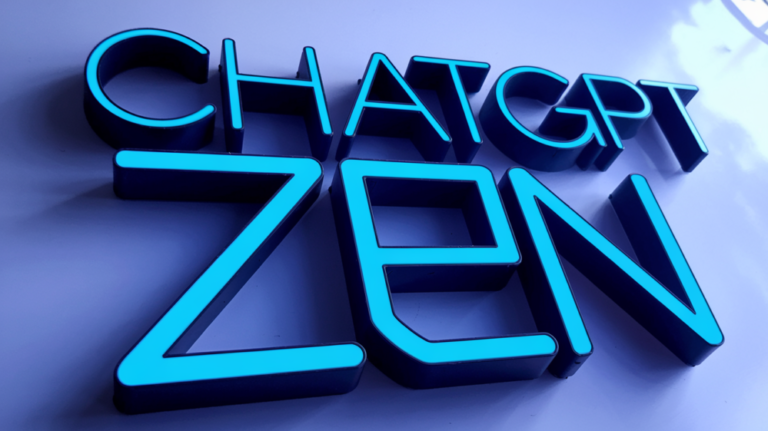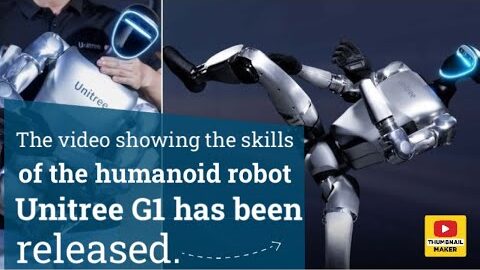
Price: $24.99 - $19.00
(as of Dec 15, 2024 19:26:11 UTC – Details)
Welding is a skill that any do-it-yourself enthusiast needs in his or her arsenal. How to Weld is the perfect introduction for newbies and an excellent refresher for veteran welders–a work so comprehensive that most readers won’t need any further instruction.
In How to Weld, a bestselling installment in the Motorbooks Workshop series, AWS-certified welding instructor Todd Bridigum thoroughly describes process and art of fusing metals, including:
Tools and equipment commonly usedTypes of metals and their weldabilityWelding techniquesShop and site safetyTypes of joints.In addition, all popular types of welding variants are covered, including gas welding, shielded metal arc (or stick) welding, gas metal arc welding (MIG), gas tungsten arc welding (TIG), brazing, soldering, and even metal cutting. Each skills section concludes with a series of exercises, each illustrated with captioned sequential color photography, to fully explain and detail the techniques learned.
Mechanics, automotive enthusiasts, farmers, metalworkers, and other DIYers who can’t bond metal can’t make repairs and they can’t create—in short, they can’t do much of anything except bolt together pre-made parts. With this thorough and completely illustrated all-color tutorial by an experienced college-level instructor, readers can get on the path fabricating and fixing metals on their own. How To Weld is the only book about welding they’ll ever need.
From the Publisher


How to Weld
Many books have been written about welding, so when I took up the challenge to write one, I wanted to set it apart from the others.
Some of the published books have a lot of technical content, but are difficult for the non-professional to read. Others specialize in one or two welding processes, are outdated, or fall short in explaining how to weld. As a welding instructor I’ve taught hundreds of students how to weld with varying degrees of success. In my experience some people have a natural talent for it; for others it is more difficult to learn. Only a few just didn’t get it or were too afraid of fire, but I could count them on one hand.
Troubleshooting is the key to good welding. Sometimes it is something wrong with the equipment and/or materials being used, which I always look at first and is easy to fix. If it is not the materials or equipment then it is operator error— something is wrong with the student’s welding technique.
This is a far more difficult problem to correct because it has to do with an individual’s hand/eye coordination, body position, perception of distances and angles, and old habits.
Without an instructor telling you what to change, it is more difficult to learn how to weld, but not impossible. In this book I strive to provide useful information for you to work safely and troubleshoot your own problems, yet I would strongly advise taking a class to get more welding time and access to a variety of welding and fabrication equipment.
Bear in mind that not all instructors are created equal. If you can get recommendations from former welding students or people who work at your local welding supplier, you may find an instructor who can help you a great deal.
Some examples of automated process welding are: Resistance welding, which includes resistance spot, seam, and projection welding Solid-state welding, which includes explosion and friction (stir) welding Laser-beam welding and cutting Electron-beam welding Electroslag welding Thermite welding Robotic systems (used for welding)


In this picture, one of the groove weld strips is placed in the vise and the backing plate is marked with soapstone.
Monte Swann


Next, a fiber cutoff wheel is used to cut most of the way through the backing plate.
Monte Swann


The backing plate is then removed with a hammer and chisel.
Monte Swann


The rest of the extra weld metal is ground down and the test strip is carefully sanded flush.
Monte Swann


The sample strip is clamped in a motorized wrap-around-bend test jig.
Monte Swann


The test strip is wrapped around a 1½-inch diameter mandrel.
Monte Swann


Once the machine has made a complete cycle, the bent test piece is removed and visually inspected to the criteria of the welding code being used.
Two pieces are bend-tested; one is a face bend (top of the weld) and the other a root bend (bottom of the weld). Monte Swann
Publisher : Motorbooks; First Edition (August 25, 2008)
Language : English
Paperback : 208 pages
ISBN-10 : 076033174X
ISBN-13 : 978-0760331743
Item Weight : 2.31 pounds
Dimensions : 8.25 x 0.63 x 10.63 inches
Customers say
Customers find the book helpful and thorough, providing useful information for both experienced and novice welders. They find it a good value for the price, with clear writing and easy-to-read instructions. The book includes good pictures and graphs to demonstrate concepts.
AI-generated from the text of customer reviews











